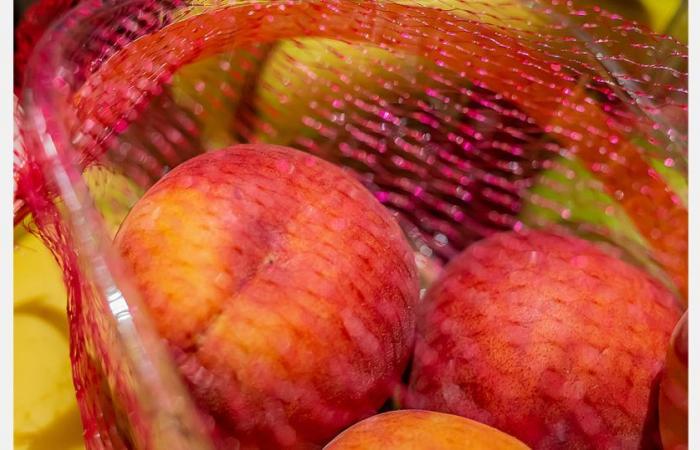The stone fruit harvest is coming to an end in the south of Spain, such as in Andalusia and the Murcia region, while in the last two weeks volumes are starting to increase in the northern areas, in Catalonia and in Aragon, which represent approximately 80% of the country’s total production. Thus, the greatest concentration of fruits is between July and August, a summer period when the consumption of summer fruits is generally higher.
The marked advancement of the Murcian harvest calendar foreshadowed a good start to the campaign in the north, where production takes place on their usual harvest dates, thus avoiding significant overlaps like those of last year. On the other hand, in Catalonia, fears of restrictions on the use of water for irrigation did not materialize thanks to sufficient rainfall and the harvest presents a good balance in quality and sizes.

“However, just before the start of the Catalan harvest, we saw much sharper price drops than usual at this time of year for small-sized nectarines, those that are usually packaged in baskets for European mass distribution, an important reference in terms of volume,” says Manuel Simon, director of Afrucat, the Association of Fruit Companies of Catalonia. “There is a lot of pressure on the prices of small nectarines from the start of summer and we find ourselves faced with offers from supermarkets which reach €0.90 per kilo,” he says. .
According to Simon, several factors explain this situation, starting with colder and rainier weather than usual in Europe so far, which does not help to stimulate the consumption of summer fruits:
“Despite the progress of the Murcian harvest, it was at full volume, which perhaps exerted more pressure than expected. Also in Extremadura, yields are good and nectarine sizes are smaller. This situation also coincides with an advancement of the harvest by 10 to 12 days in France, a country which favors its national production as soon as it is available. Furthermore, it seems that, due to climatic circumstances, Italy is experiencing a higher than average percentage of small fruits this year. »
Fishing prices, nevertheless, are good, as there is even a certain shortage to complete orders. At the same time, the supply of flat peaches is more or less balanced and is managed without problem.
“It is in small nectarines that we have the problem, whose prices are at the limit of profitability or even below, in certain cases,” underlines the director of Afrucat. “It is for this reason that we asked the Ministry of Agriculture, Fisheries and Food for authorization to implement beneficial industrialization plans, a mechanism that OPFHs can carry out at the autonomous level to withdraw fruit via food banks or food processing, in order to balance the market. We need authorization from MAPA, but we have not yet obtained it, so we will have to manage this issue in the best possible way. »
“How can we deal with below-cost pricing at certain points in the campaign? We have the Law of the Food Chain, but it is obvious that we need agile and sufficient mechanisms to manage these episodes,” maintains Manel Simon. “In the coming weeks, we hope that summer will fully manifest itself and, as volumes increase, consumption will increase to balance supply and demand. »
For more information :
Afrucat
C/ Corregidor Escofet, 64
25005 Lleida – Spain
Such. : +34 973 22 01 49
www.afrucat.com






